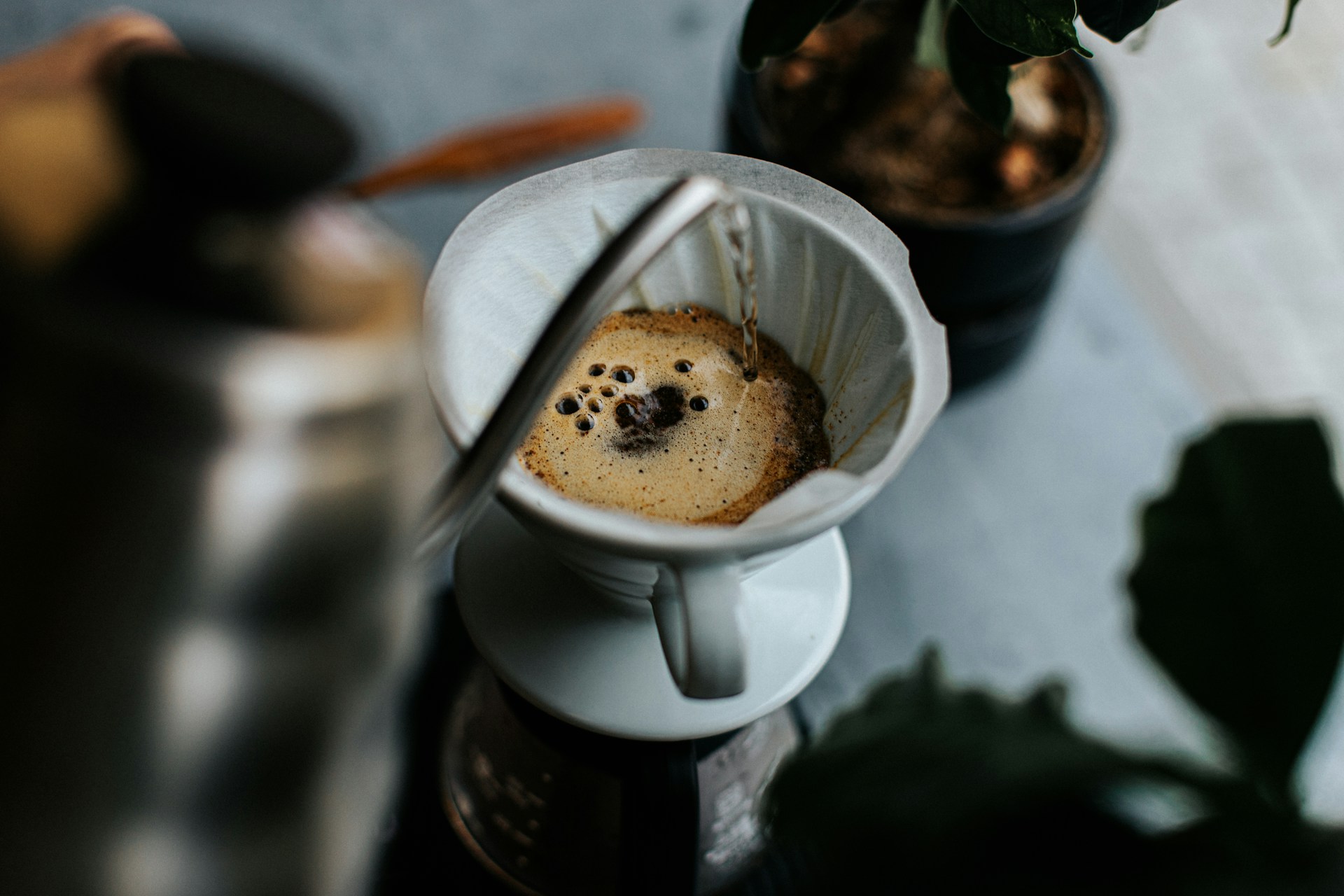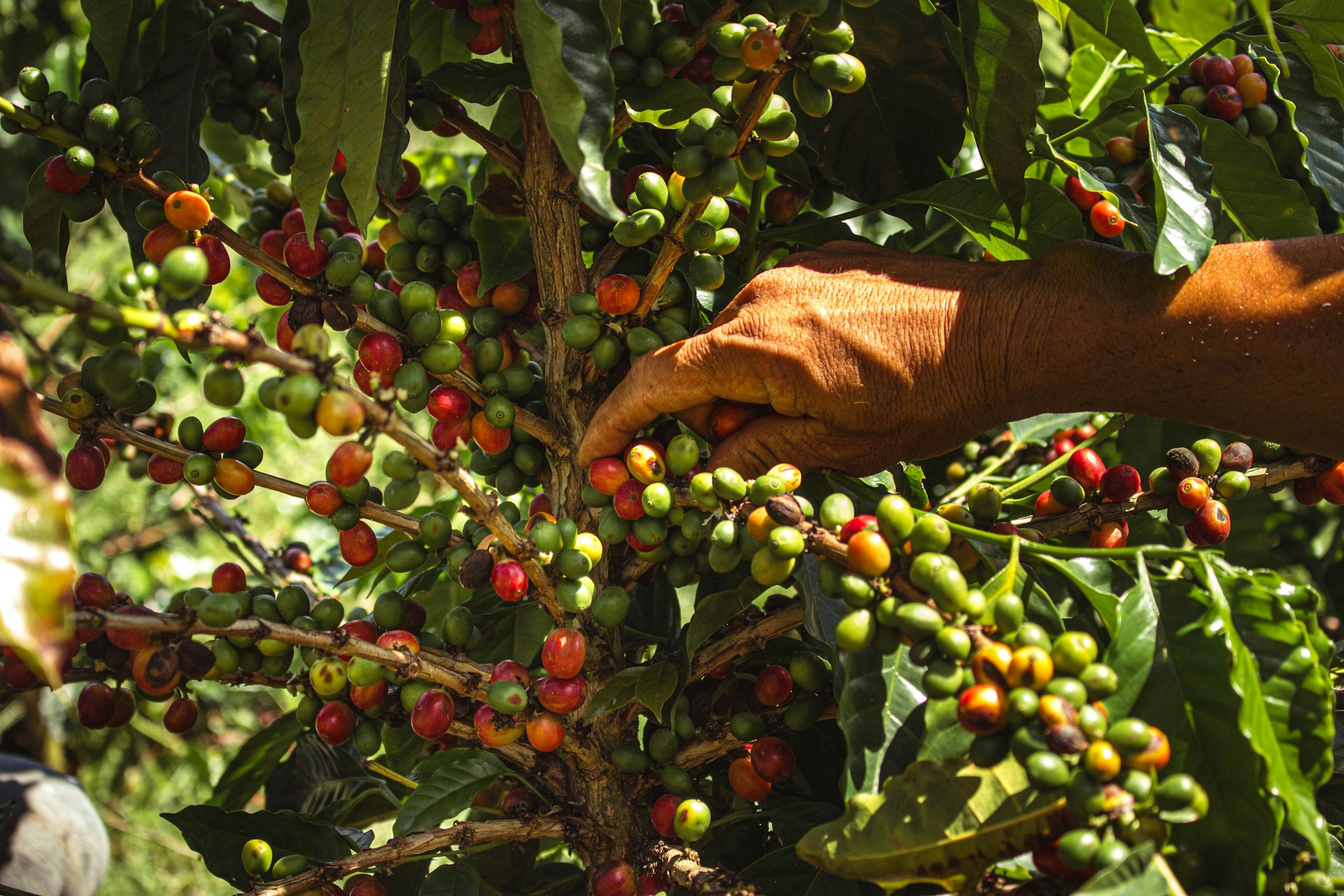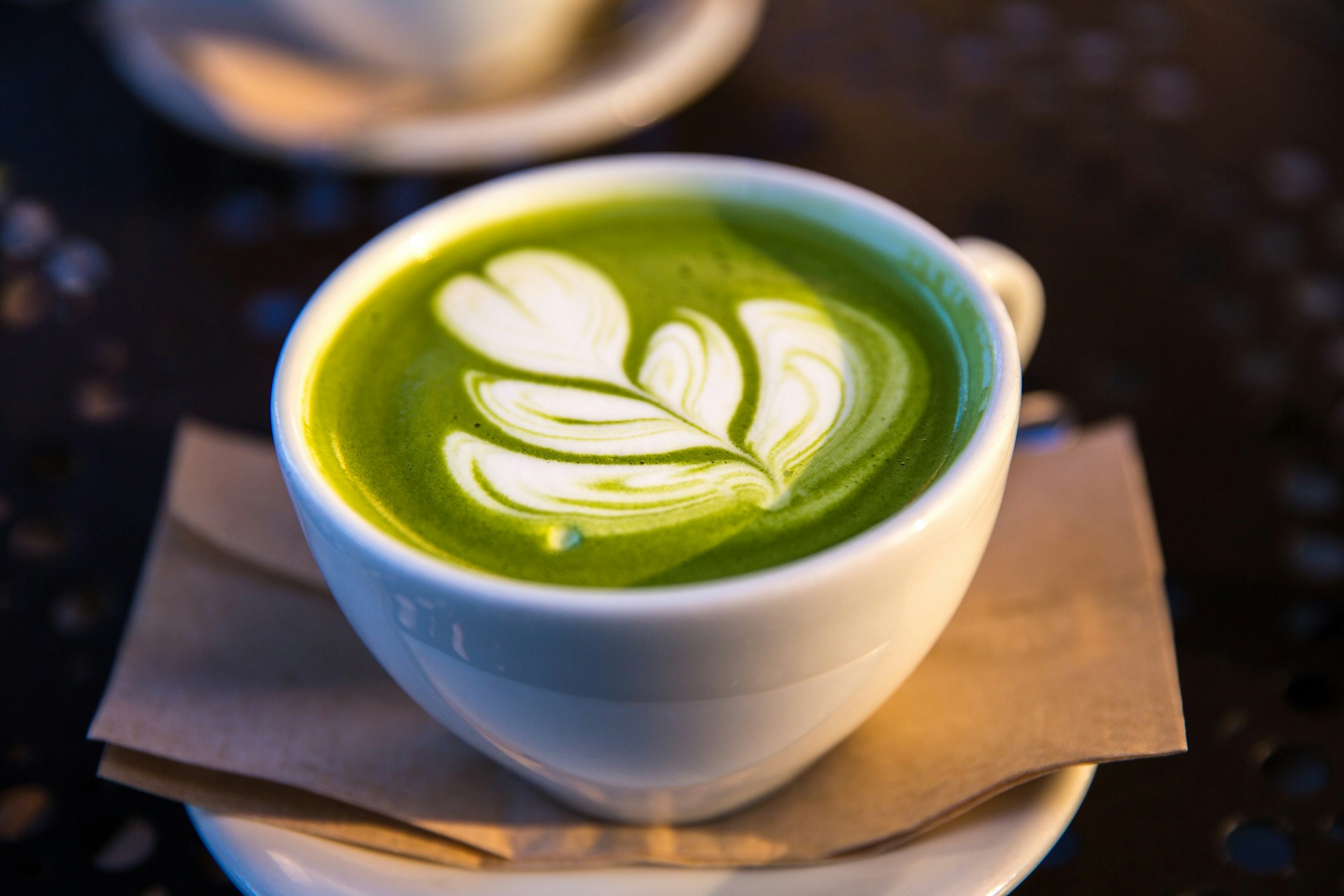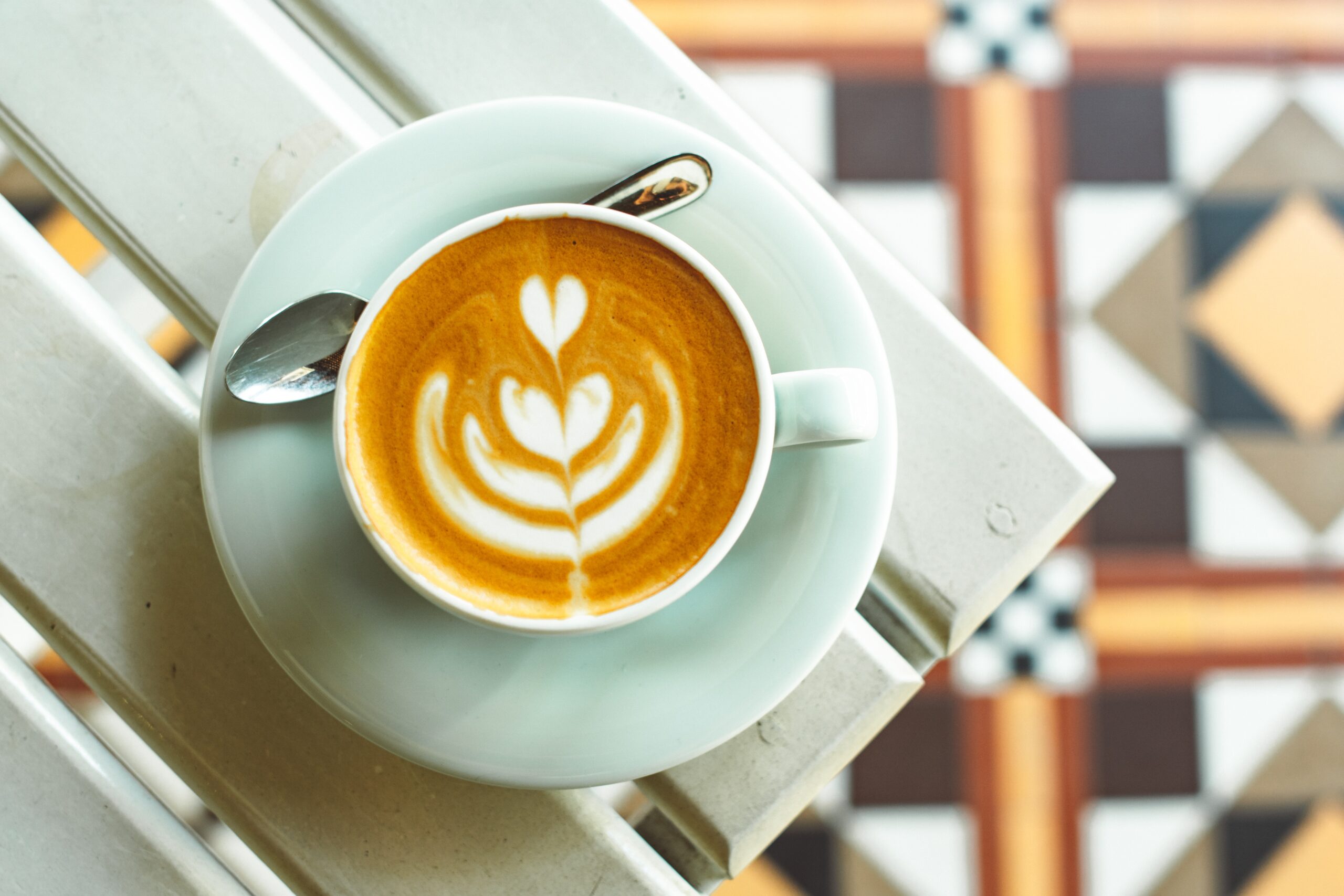Filter coffee is an incredibly popular way to enjoy a daily brew in certain parts of the world. It’s especially well-loved in North America, Scandinavia and Japan. While espresso-based drinks tend to be the go-to in the UK, filter coffee still offers a delicious coffee experience and a different way to get your caffeine fix.
Find out all about how filter coffee is brewed and how it shapes up against other coffee drinks.
What is Filter Coffee?
Filter coffee uses gravity as its brewing method rather than pressure, which is how espresso is made. Hot water is poured over coffee grounds held within a paper filter. Gravity does its work, and the resulting coffee slowly drips through the filter into the receptacle below.
This type of coffee is known for tasting delicate, slightly sweet and clean. It has a smoother profile with less acidity than espresso. The slower brewing time allows complex flavours and aromas to be drawn out of the coffee grounds, resulting in a crowd-pleasing brew!
Filter coffee is sometimes also called pour-over or drip coffee (depending on whether it’s made manually or with a machine).
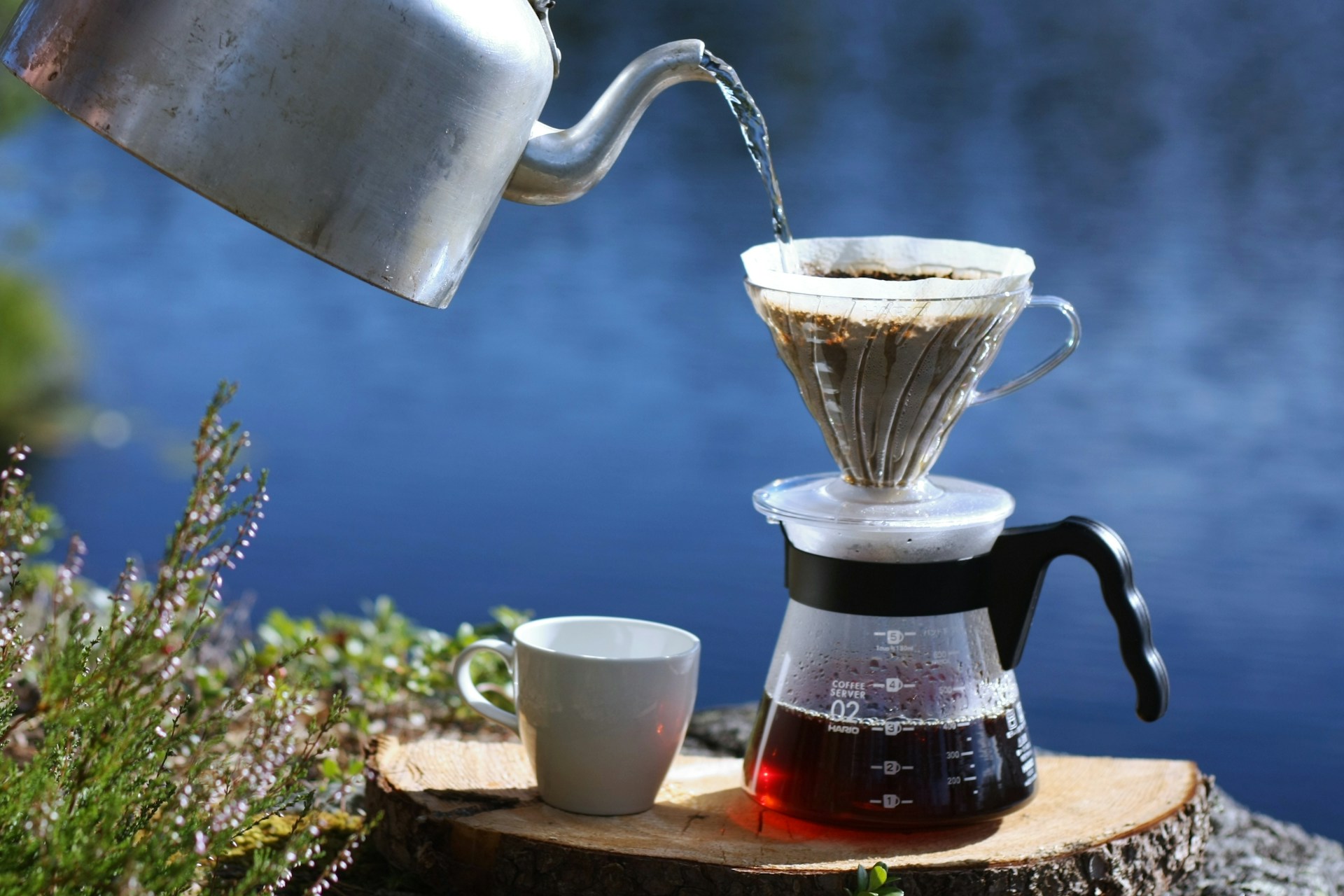
How to Make Filter Coffee
Filter coffee can be made manually, where you do the pouring, or with a filter coffee machine, which can be useful if you want a big batch. If using the manual pour-over method, follow these basic steps.
- Grind your beans to a medium-coarse texture (or you can use pre-ground coffee if necessary).
- Prepare the paper coffee filter by placing it in a funnel or pour-over device (the V60 or Chemex are most popular).
- Pour some water through the filter and let it all drip through, then discard the water. This can help remove any paper taste from your final drink.
- Add around 15-20g of ground coffee to the filter and pour over a little boiling water (around 50ml). This step is known as ‘blooming’, which releases trapped CO2 before the main brewing process occurs.
- Slowly pour over the rest of the required water (around 250-300ml), circling it around the grounds so they all get wet.
- Your coffee will slowly drip through the filter over a few minutes into the mug or container below. Once all the water has filtered through, your filter coffee is ready to enjoy!
Filter coffee is traditionally served black, but you can of course add milk or sweeteners as desired.
Filter coffee machines use the same premise, just at the touch of a button. Here, you simply ensure the water reservoir is filled, place a filter in the basket, add the coffee grounds and then let the machine do its thing, automatically dripping water through the filter and coffee into the jug below.
As you don’t have to worry about standing there slowly pouring water yourself, filter coffee machines are ideal if you want to make a larger volume of filter coffee for multiple servings.
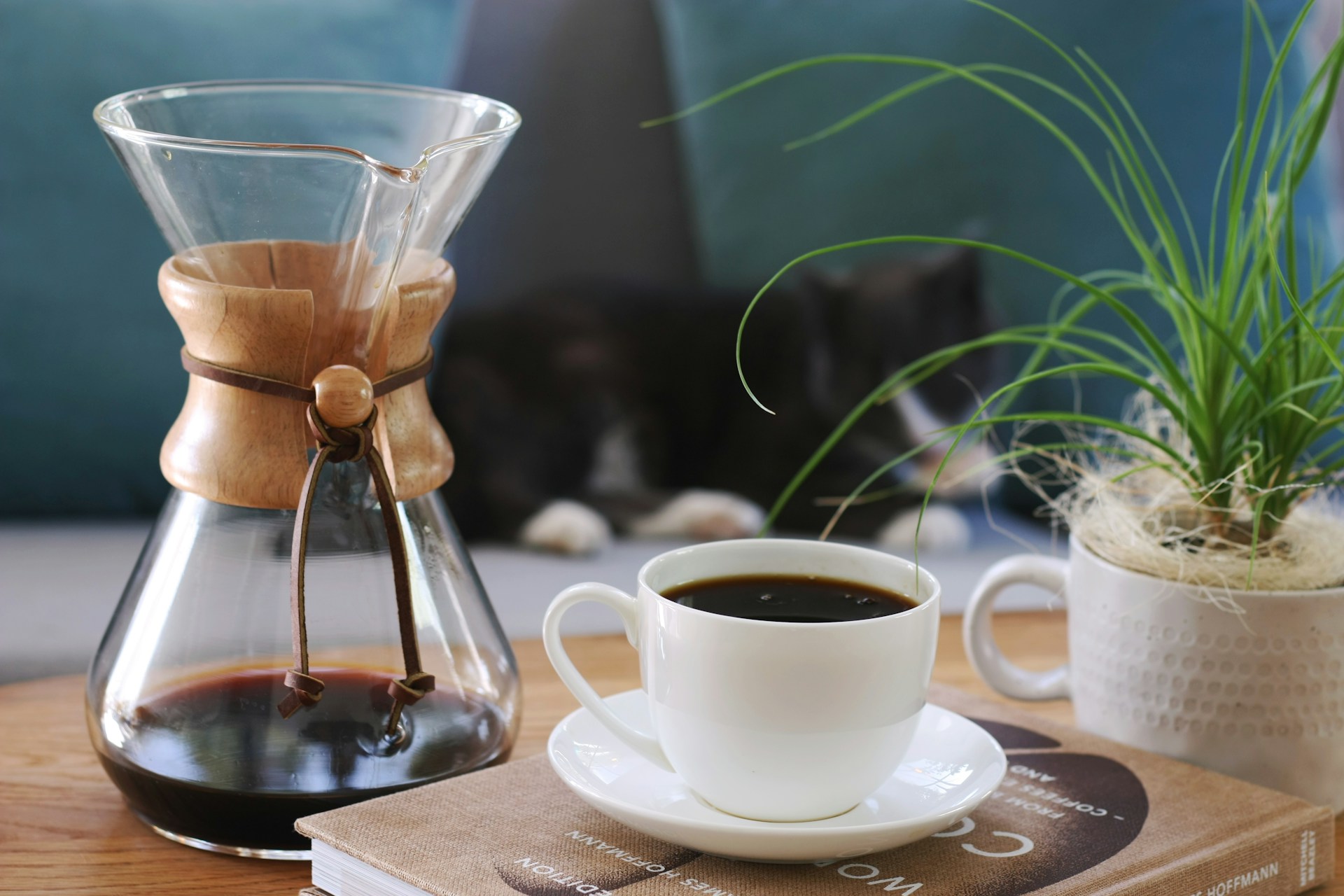
How Much Caffeine is in Filter Coffee?
Because of the slow and thorough brewing method, filter coffee generally allows for a slightly higher level of caffeine extraction. The typical caffeine content of a standard 250ml cup of filter coffee is 100-185mg.
However, caffeine content will also depend on the coffee beans used and the size of the final drink.
Filter Coffee Vs Espresso
The main differences between filter coffee and espresso coffee are their brewing methods and subsequent flavours.
Espresso is made when high-pressure hot water is forced through finely ground coffee. This is a much quicker process than filter coffee, whereby water drips through coarse coffee grounds and a paper filter via gravity.
The resulting drinks have quite different flavour profiles. Espresso is strong and rich with a good balance of sweetness and acidity. Filter coffee has a lighter and cleaner taste with less acidity and intensity.
As such, serving sizes also differ, with a typical espresso serving being around 30ml and filter coffee being around 250ml, depending on preference.
Another key difference is that, due to its bold, concentrated flavour, espresso is often used as a base for other coffee drinks, while filter coffee is more typically enjoyed in its basic, pure form.
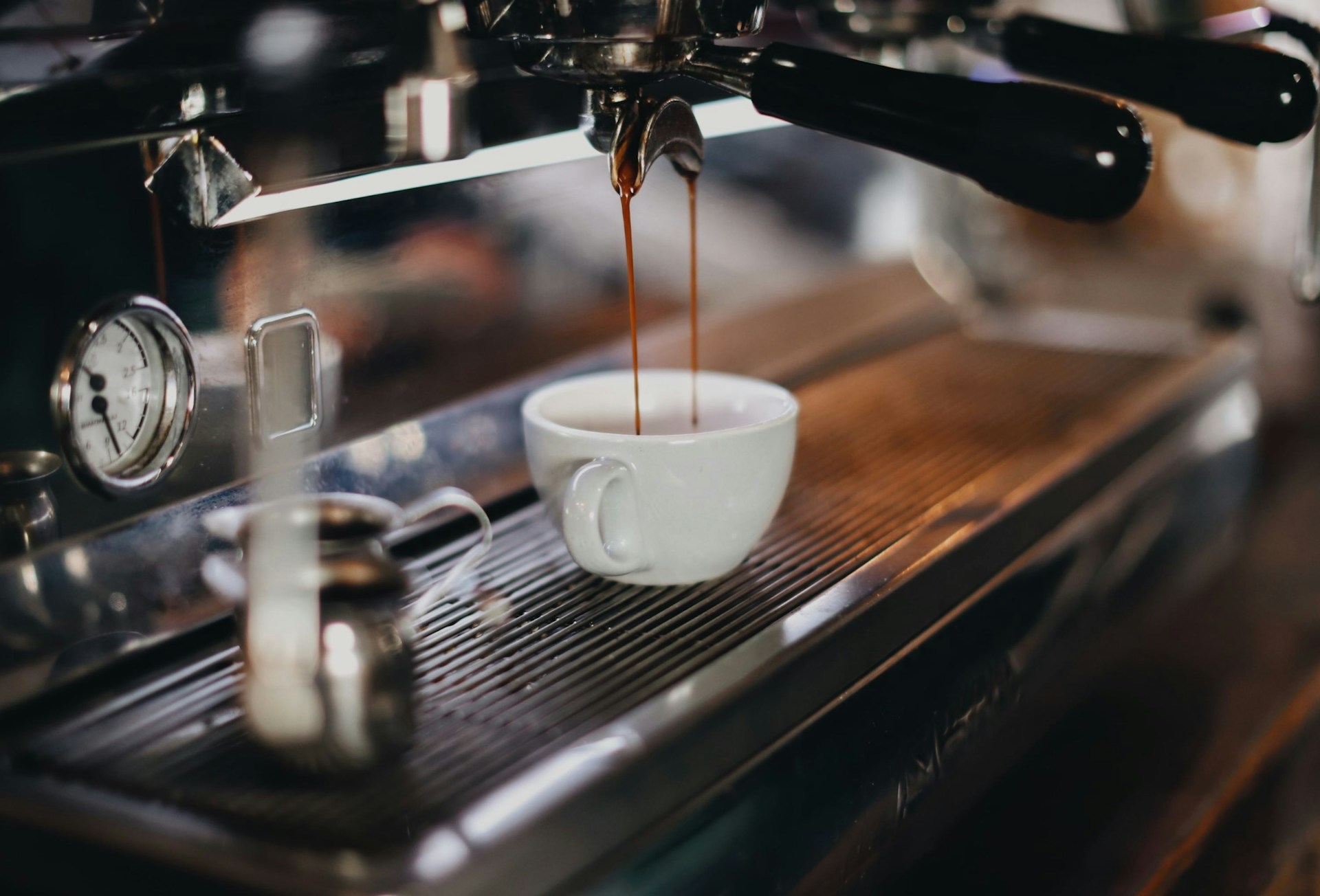
Filter Coffee Vs Americano
While a cup of filter coffee and a cup of americano may look the same, they’re not.
An americano is essentially a watered-down espresso, giving it all the qualities we mentioned above (minus the maximum intensity flavour as it is toned down slightly with the additional water).
Again, the differing brewing method of filter coffee provides a unique flavour compared to the americano and other espresso-based drinks.
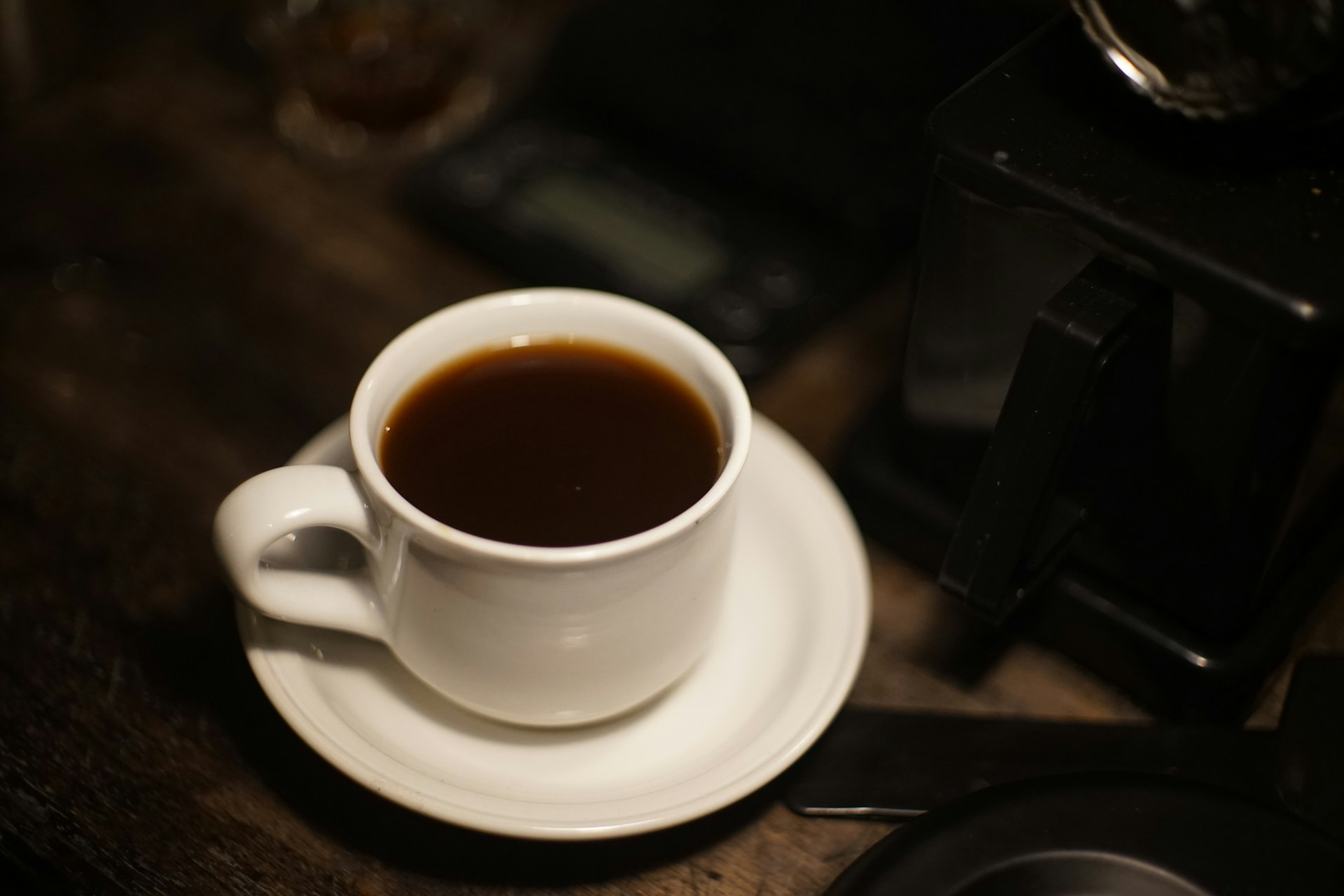
French Press Vs Filter Coffee
Coffee brewed with a French press or cafetiere is made when ground coffee is mixed with hot water for several minutes, allowing it to infuse. The grounds and resulting coffee are then separated when you plunge the metal filter, pushing the grounds to the bottom and leaving the smooth coffee to be poured into mugs.
In this way, both French press and filter/drip coffee are filtered. However, the paper filter of filter coffee allows for much finer filtering than the metal mesh of a French press.
A French press does not remove as many coffee oils as filter coffee, providing a stronger and richer brew.
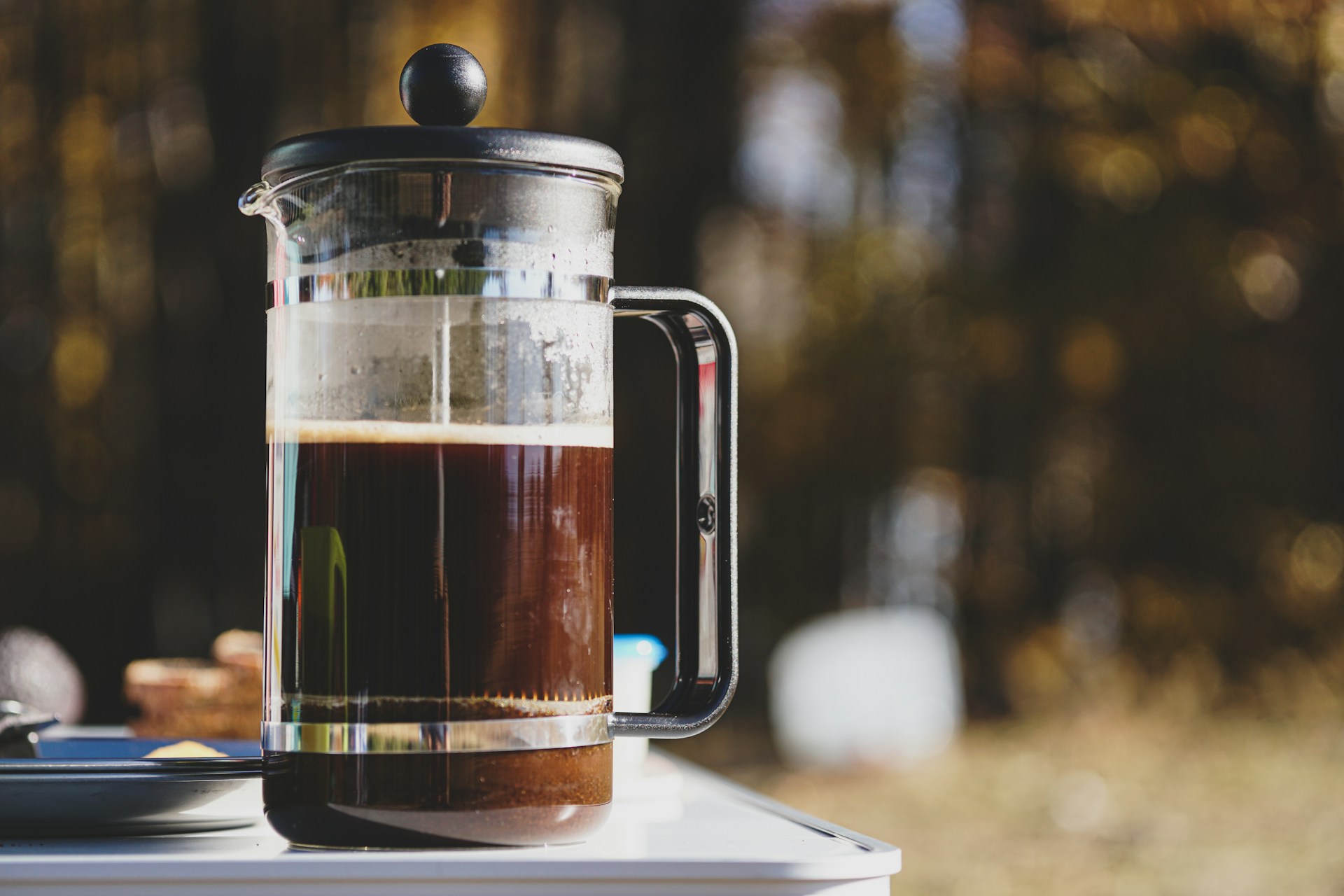
Ultimately, filter coffee offers an easy brewing method for enjoying delicate, clean-tasting coffee at home! For more coffee breakdowns, why not check out our guide on cold brew coffee?
If you’re thinking of taking your love of coffee one step further to turn your passion into a business, an Esquires Coffee franchise may just be for you. With a thriving market and the ever-growing demand for quality coffee, now is a great time to buy a coffee shop
